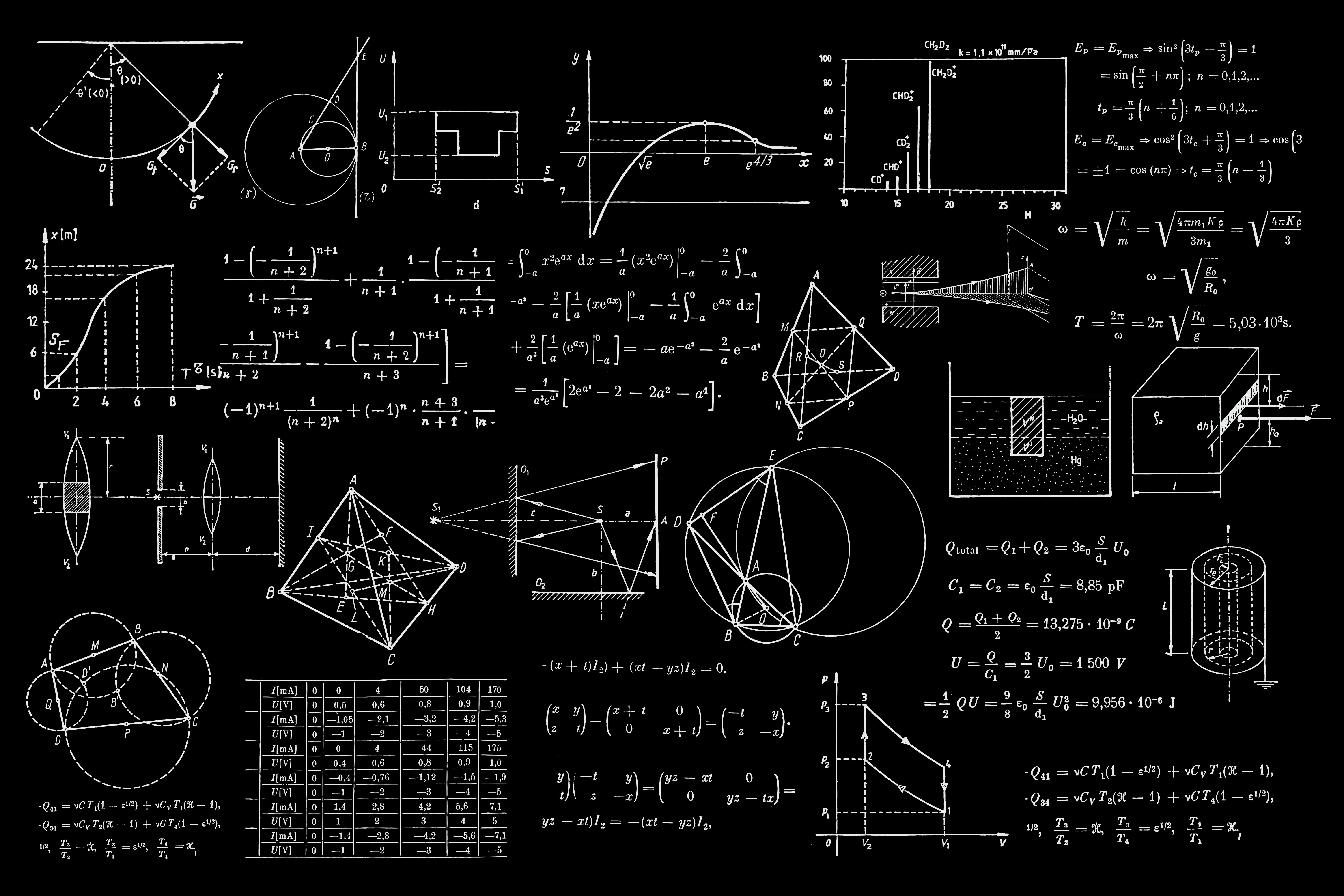In everyday speech, average usually refers to something quite normal, ordinary, or typical.
In some instances, we can even use "average" negatively to indicate that something wasn't good or could have been better.
Something average can also be something that's neither special nor noteworthy, but in maths and statistics, it's completely different and averages are rather important.
This is why you should know what they are, how to use them, and what the advantages and disadvantages of each kind of average are.

What Does Maths Mean by Average?
In maths and statistics, the average is not only useful, but it also doesn't have the negative connotations that the term has in everyday speech.
Mathematical averages are used to make sense of sets of data by essentially summarising multiple values into one value to give us a better idea of what the numbers mean.
Averages can also be useful for summarising multiple sets of numbers and then comparing them. When you have too many numbers to make sense of everything, averages can come in really handy.
What Are the 4 Types of Averages?
In mathematics and statistics, there are 4 main kinds of averages: the mean, median, mode, and range. Each of these averages would give you different results for the same set of numbers and that's fine.

In fact, the advantage of having different kinds of averages means you can use them for different types of data and for different purposes.
However, because the range is slightly different to the other three, we won't be looking at it in this article.
You can learn in-depth about all kinds of maths concepts with a maths tutor on Superprof.
What Is the Mean?
The mean is probably the most average of averages. In most cases, if someone is talking about the “average”, they've likely used the mean to calculate it.
The mean is sometimes represented by the Greek letter "μ" and is found by taking all the numbers in your data set and dividing them by how many instances there are.
The formula is: “Mean = Sum of values / Number of values”.
For example, let's take the highest temperatures for Melbourne for the week (at the time of writing): 32, 24, 18, 19, 17, 17, and 18.
- First, we need to add these numbers together, which gives us 145. This is the “Sum of values”.
- Next, we need to work out how many values there are. This is easy as there are 7 and we took a value for each day of the week so it had to be 7. This is our “Number of values”.
- We now divide 145 by 7 (145/7) and the result is 20.7143, but since our original values were just to the closest degree, let's round it up so that the answer is in the same format as our data values.

You don't have to do this, but the average highest temperature for the week was “21 degrees”.
If you look at the numbers, you may feel that it kind of feels right and if this was the highest temperature for any of the days that week, it wouldn't feel out of the ordinary.
The Advantages of the Mean
There are a few advantages to using the mean. For one, it includes and uses every value, ensuring that every value has had an impact on the final result.
It's also simple and easy to use, especially with smaller data sets. With larger data sets, you can still do it, but it helps to use a spreadsheet if you have lots of data.
The information you get from the mean can also be used for further analysis and a lot of mathematicians like to use the mean because you can find a more specific measure with the mean as it can lie between the numbers or values in your set. With the median and mode, which we'll see shortly, your results will only either be one of your values or halfway between two of them.
The mean also essentially rounds off the edges for data sets that have a few outliers. You may have seen that our example had one particularly warm day (32 degrees), but the average was still 11 degrees cooler than that.
The Disadvantages of the Mean
The mean isn't without its disadvantages, though. In the same way that it helped reduce the impact of the outliers, the data was still affected by it. If we were to remove that particularly hot day, our average would drop to 18.83 or 19 degrees when rounded.
The mean is only really useful with numerical data and if you try to represent non-numerical data with numbers, your mean won't be particularly useful.
The mean is affected by the scale you use, too. If we were to take the same highest temperatures in Fahrenheit, we'd have 90, 76, 64, 66, 63, 63, and 65. The average of these is 72F or 22C.
What is The Mode?
The mode is our second “average”. It represents the most frequent occurrence in a set of data. Basically, this is the number that appears most in the data or the value with the highest frequency.
Let's take the Melbourne weather again. We had 32, 24, 18, 19, 17, 17, and 18. You can quite easily calculate the mode without needing to do anything complicated because we only have 7 numbers to consider.
In this example, the mode is "17" as it appears twice in our set whereas every other number only appears once each time.
By taking the mode, our average is “17”, which is 3 degrees off our mean.

The mode can give you multiple results and not necessarily numbers that are close to each other.
The Advantages of the Mode
There are a few advantages of the mode. For one, it's probably one of the easiest ones to calculate as you only need to count the various instances and while this can be time-consuming with big sets of data, with a few numbers, you can do it quite easily without any maths or a calculator.
It's also useful for certain sets of data where the other averages' disadvantages may render them fairly meaningless or useless.
The mode is less affected by outliers, too, as in our example here, it wouldn't make any difference if the 32-degree day was 35, 40, or even 50. The mode would still be 17.
You can still find an average from a set that isn't numerical with the mode, making it useful for finding popular choices or votes from a list. It's also particularly useful in statistics for non-numerical data and finding a tendency in sets of data whose distribution is clustered around several different points.
Understand all the maths concepts you need to know with a maths methods tutor on Superprof.
The Disadvantages of the Mode
You can probably guess some of the disadvantages of the mode. In our data, it only took 2 instances for “17” to become the mode.
For sets of data with lots of different numbers, it would only take a small number of instances for that particular number to become the mode.
Imagine we took the highest temperatures across the year and almost every day was a different temperature, except for a few days when the high was 40 degrees. This being the average wouldn't be particularly helpful in working out what to bring when visiting, would it?
What is The Median?
The median is the third type of average we can use. The median is used to find the “middle” value in a set of data.
It's also quite easy to calculate as all you have to do is arrange all the numbers numerically, work out which value is in the middle, and that's your median.
- In our example, we had 7 values: 32, 24, 18, 19, 17, 17, and 18.
- To calculate the median, we just put these in order: 17, 17, 18, 18, 19, 24, 32.
- With 7 values, the fourth value is in the middle (there is an equal number of values on either side of it) giving us a median of 18.
In data sets with an even number of values, you have to take the two values that share the middle and then take the mean of the two, which will always be just the halfway point between the two values.

The Advantages of the Median
The median offers the advantage that it greatly reduces the effect of outliers. Even if the two hottest days were twice as hot, our median would still be 18.
When the distribution of data isn't very even, the median should be used to reduce the effect of very high or very low values.
The median is often used for calculating averages for things like average salaries, house prices, and other sets of data that would be affected by the super-rich.
If you took the average salary for Australians as the mean, a handful of billionaires and millionaires (whose salaries are orders of magnitude greater than the typical Australian) would give the impression that Australians earn far more than they do.
The Disadvantages of the Median
The median has the problem that it technically doesn't use all of the data and if you want an average that is reflective of every value, regardless of how extreme it might be, then you can't really use the median.
The median is also less precise as it only uses one of the values present in the data set rather than the possible degrees between them and if the data's distribution is quite uneven, this could cause the median to be quite a jump up from the average.
This wasn't too much of a problem in our small data set of 7 values, but it could be for larger data sets.
To learn all these maths concepts and more, you can find amazing online maths tutoring on Superprof!

























